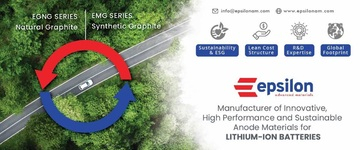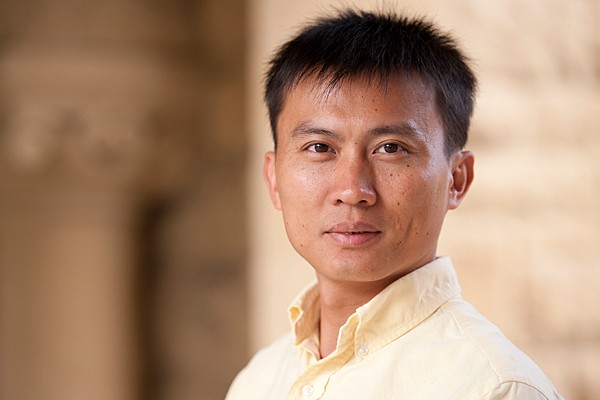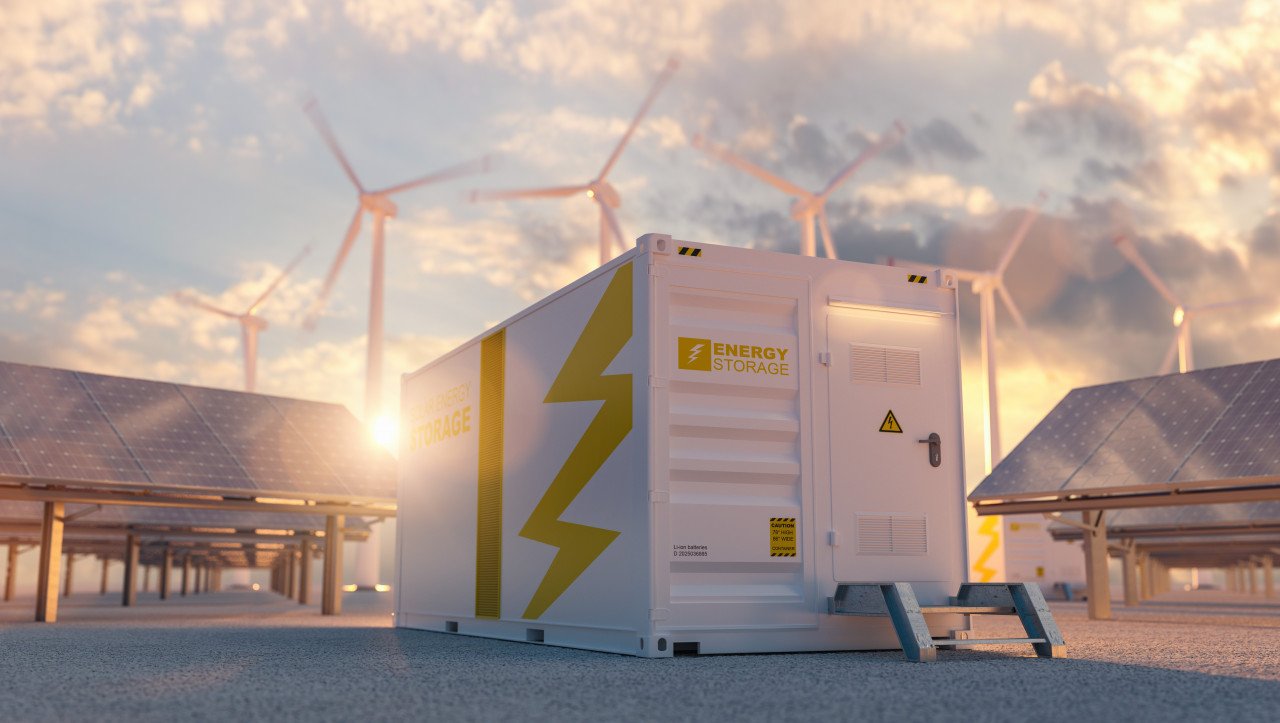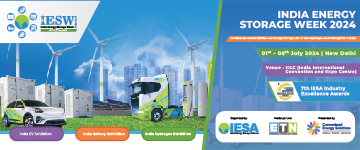In the next few years which emerging technologies, in your view, will pick up momentum?
In the next 5-10 years, it would still be lithium-based battery playing the major role in the electric transportation sector. Si anodes will be implemented as anodes co-existing with graphite anodes for increasing the energy density to about 400Wh/kg. In the stationary storage sector, there will be non-lithium chemistries such as Ni-H2, sodium ion and redox flow coexisting with lithium-ion batteries.














